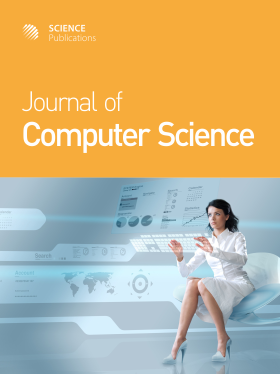Pleural Effusion Detection Using Optimized Pretrained Models
- 1 Mathematics Department, Faculty of Science, Suez Canal University, Ismailia, Egypt
- 2 Basic Science Department, Faculty of Informatics & Computer Science, British University in Egypt (BUE), El Shorouk City, Egypt
- 3 Electrical Engineering Department, Faculty of Engineering, Suez Canal University, Ismailia, Egypt
Abstract
Pleural effusion is an abnormal accumulation of fluid in the pleural cavity, posing a significant thoracic issue with various causes. Even with a variety of diagnostic techniques, accurate diagnosis remains challenging. Delays in diagnosis and treatment heighten the risks of the disease. In this paper, we introduce a novel approach by leveraging the Grey Wolf Optimizer (GWO) to systematically optimize pretrained models for detecting pleural effusion in chest X-rays. Our need for optimization stems from the obstacles encountered in recent studies on diagnosing pleural effusion. Previous studies have relied on trial-and-error parameter tuning, which has entailed high computational costs and made training more difficult. Proper parameter tuning improves model performance. Therefore, in this paper, we utilize the GWO model to fine-tune the parameters and enhance the performance of our pretrained model performance in detecting pleural effusion. However, due to the challenges of applying the optimization model to the entire dataset, we will use a subset, referred to as the "Small ChestX-Ray14" dataset. This not only reduces the computational demands of optimization but also addresses the dataset imbalance in ChestX-Ray14, which could affect performance. The GWO-ResNet18 model achieved a significant improvement in performance on the Small ChestX-Ray14 dataset, attaining an Area Under the Curve (AUC) of 95.1% and an accuracy of 89.07%. In comparison, the baseline ResNet18 model achieved an AUC of 93.3% and an accuracy of 86.59%. Building on this success, the optimized hyperparameters were transferred to the full ChestX Ray14 dataset to evaluate the model’s performance on a larger scale, resulting in an AUC of 88.48%, compared to 87.36% with unoptimized hyperparameters. This surpasses both ResNet18 with unoptimized hyperparameters and state-of the-art methods. Our results indicate that optimizing pretrained models, specifically through the use of GWO, improves medical image interpretation and enhances disease diagnosis, such as that of pleural effusion.
DOI: https://doi.org/10.3844/jcssp.2025.1970.1982

- 33 Views
- 11 Downloads
- 0 Citations
Download
Keywords
- Grey Wolf Optimizer
- Pleural Effusion
- Pretrained Models
